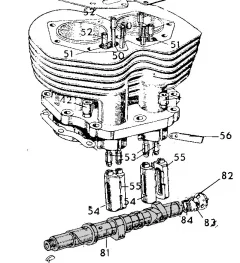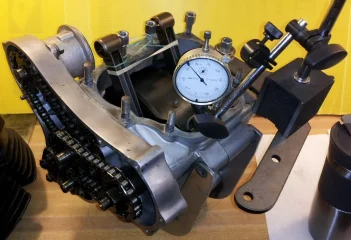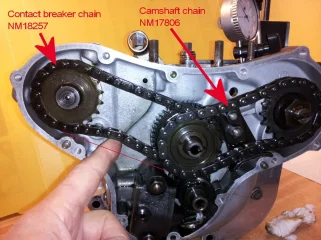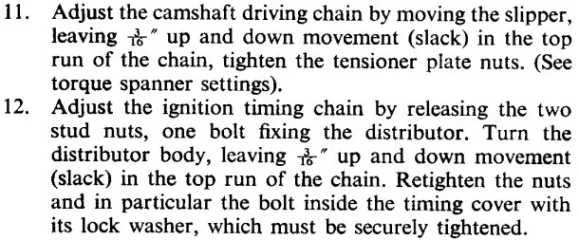- Joined
- Aug 8, 2005
- Messages
- 2,868
Hi p400p400 said:my compression ratio is to be lower than std JS ratio, so thicker head gasket (.062") should lower comp ratio.
engine plates are "as found/takeoff" from this nice P11, I am not refinishing oem clear coat that has yellowed.
now concerned with "piston rock" from heavy exhaust side, WTF?, so looking into this per JSmotorsport.com instructions.
Did you go this way to balance the front heavy side?
Regards,
Tom
CNN






